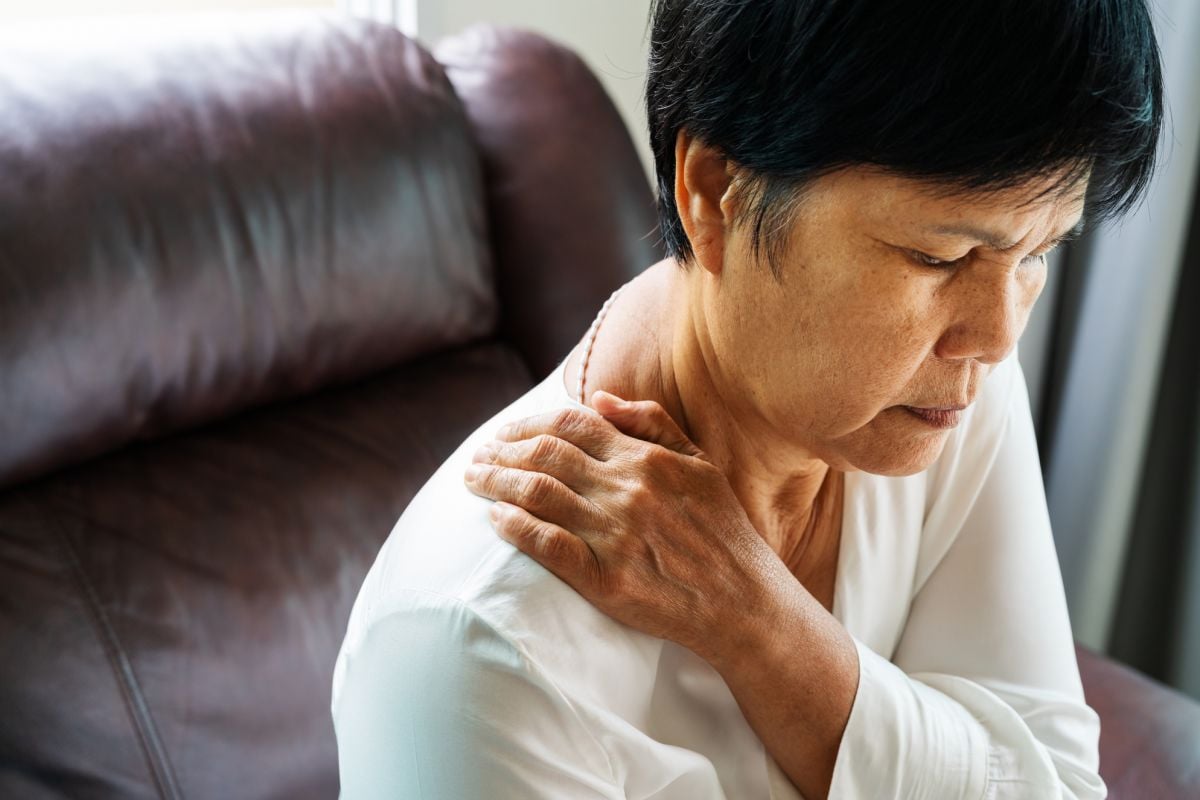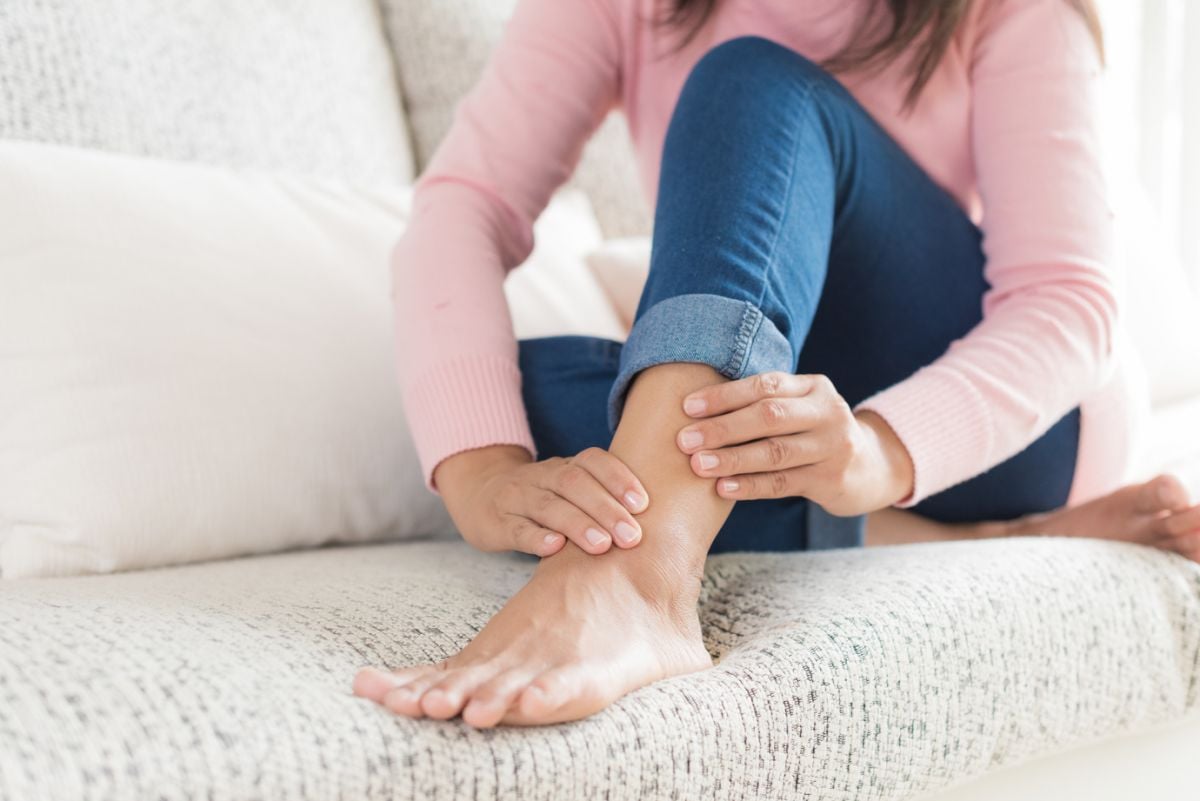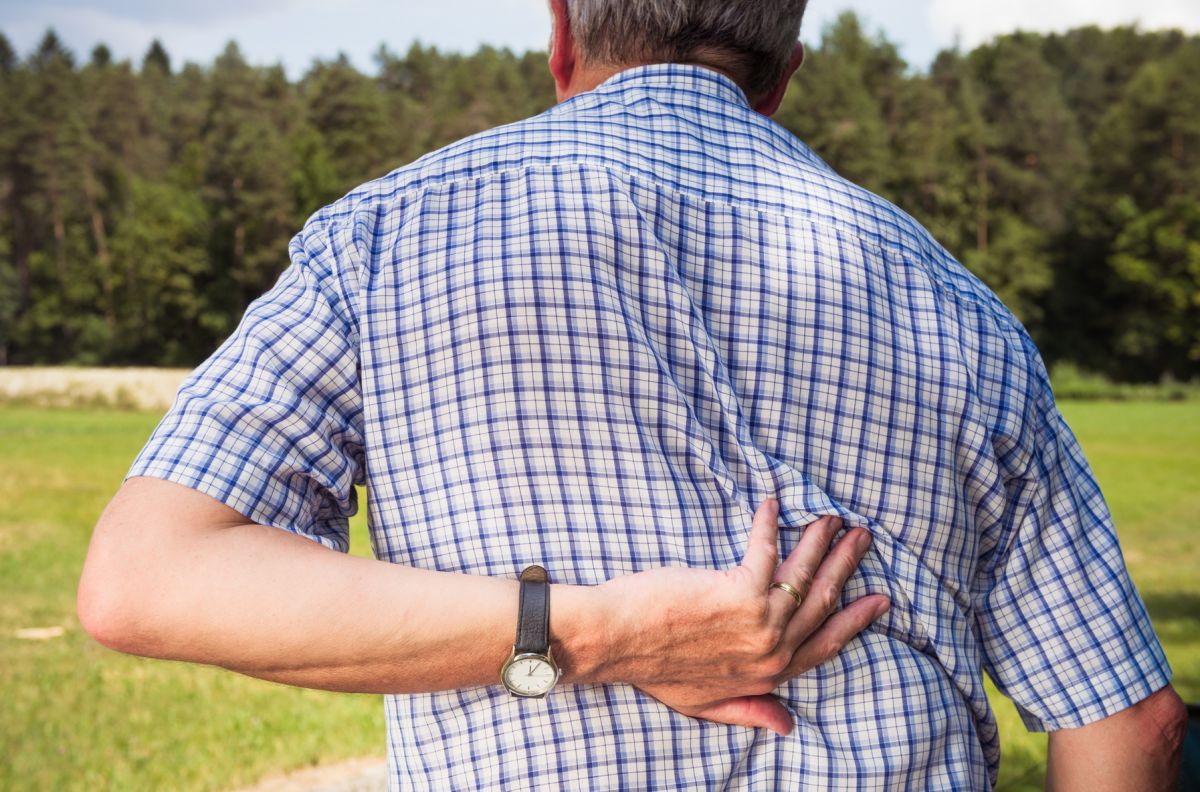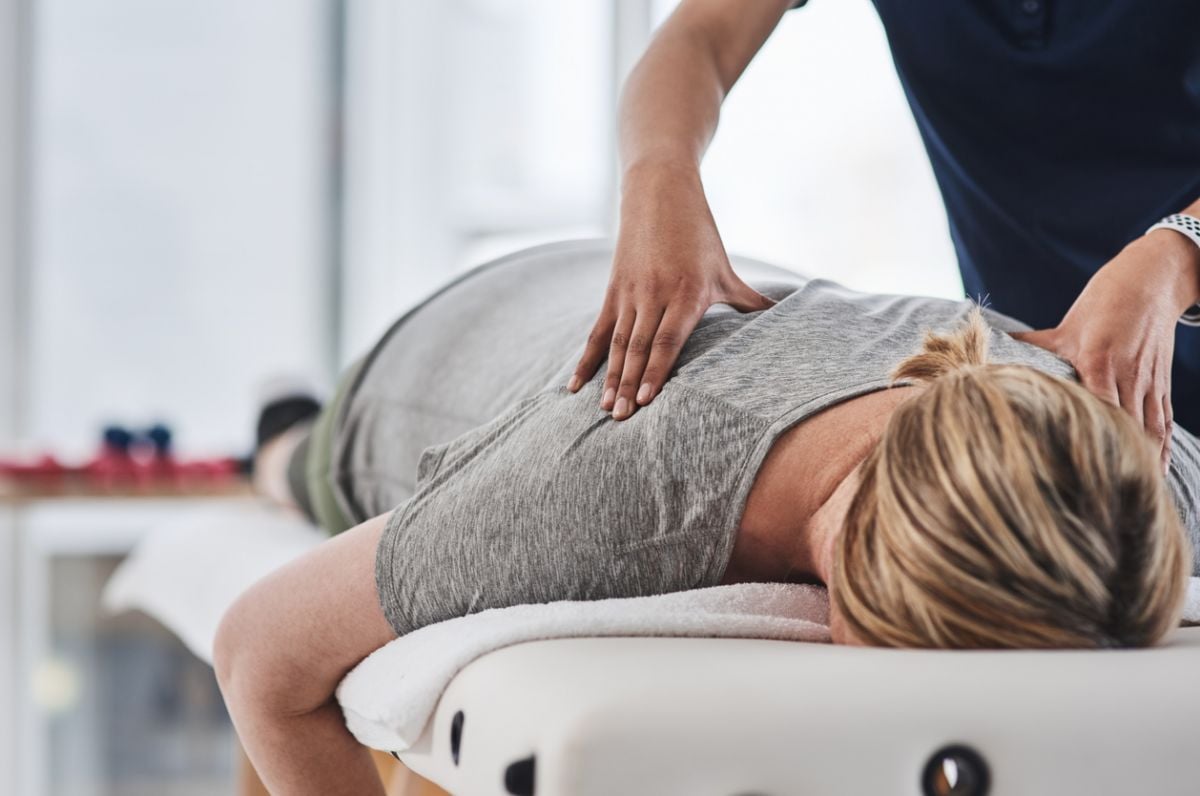
Chronic pain: there is hope
If you are past the age of 50 and you’re experiencing knee pain, that may be all that’s needed to convince you that you have osteoarthritis. If painful movements are a problem, it might prompt you to go see a physical therapist.
This healthcare professional will:
- Listen to you describe your problems, then provide a physical assessment.
- Instruct you in therapeutic exercises and movements.
- Provide education and self-management advice.
But how can this help if there is osteoarthritis? And shouldn’t you protect the knee rather than exercise it? Won’t more movement just keep the joint inflamed and wear it out more?
Don’t give up hope just yet

When it hurts to move your knee and the joint feels stiff after immobilization, especially in the morning, it’s easy to draw the conclusion that all movement is bad and that there is nothing to do but to cover up the pain and wait for surgery.
Science and clinical experiences tell us that it is not time to give up hope, even if a knee x-ray has shown joint changes. There is so much more that we can do than cover up the pain, avoid movement and give up exercising.
Maybe you believe your physical therapist when they tell you that the therapeutic exercise they are showing you how to do will not harm knee cartilage nor trigger inflammation when there is knee osteoarthritis.
But would you believe that the right movement could not only decrease inflammatory chemistry in your joint, but also relieve pain and improve the health of your joint cartilage? This is exactly what two large reviews of well-designed research studies concluded in 2018.
That information deserves repeating. The right approach to exercise and movement can improve the health of the cartilage and decrease the inflammatory chemistry associated with your pain and joint changes.
Don’t ignore the pain

Trying to be tough and ignoring the pain is not the right solution. However, more ease of movement is possible when you combine the right movement with self-management techniques and learning more about pain.
A physical therapist can also help you move with more ease and show you that your pain can change by providing treatments such as manual therapy or needle techniques.
If it hurts less to move, then you can stimulate positive changes in your joint chemistry and cartilage. But don’t use this pain relief to move so much that you end up regretting it later. That’s also not an effective path to recovery.
We have all the evidence we need that the right approach to therapeutic exercise/movement, learning more about pain and gaining skill in self-management is a proven path to help you with knee pain and stiffness while promoting healthier joints. In the long run, this means being able to start doing activities you enjoy again.
If you’d like to schedule an appointment with a Lifemark clinician, check out our Locations page to find a clinic near you or book online.



